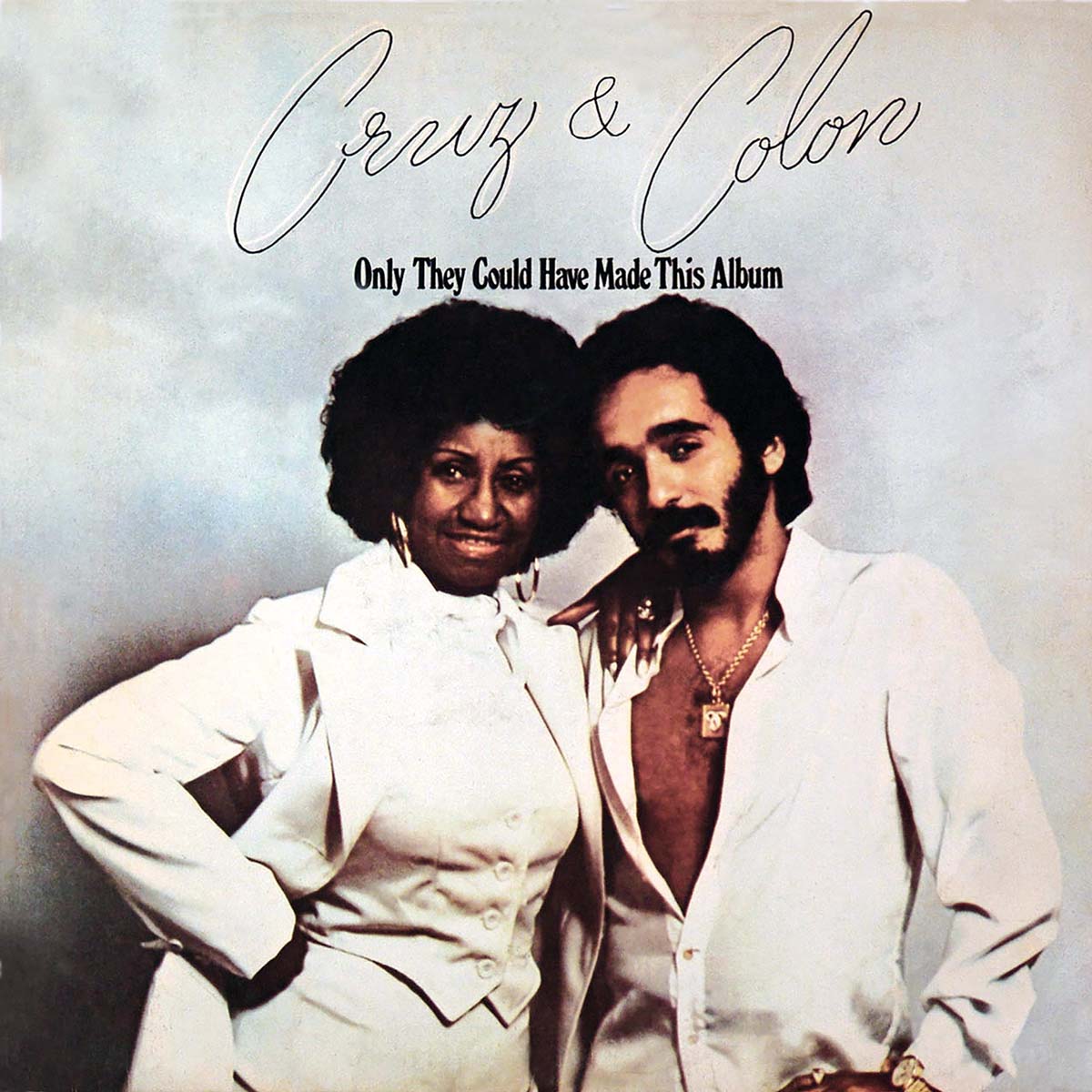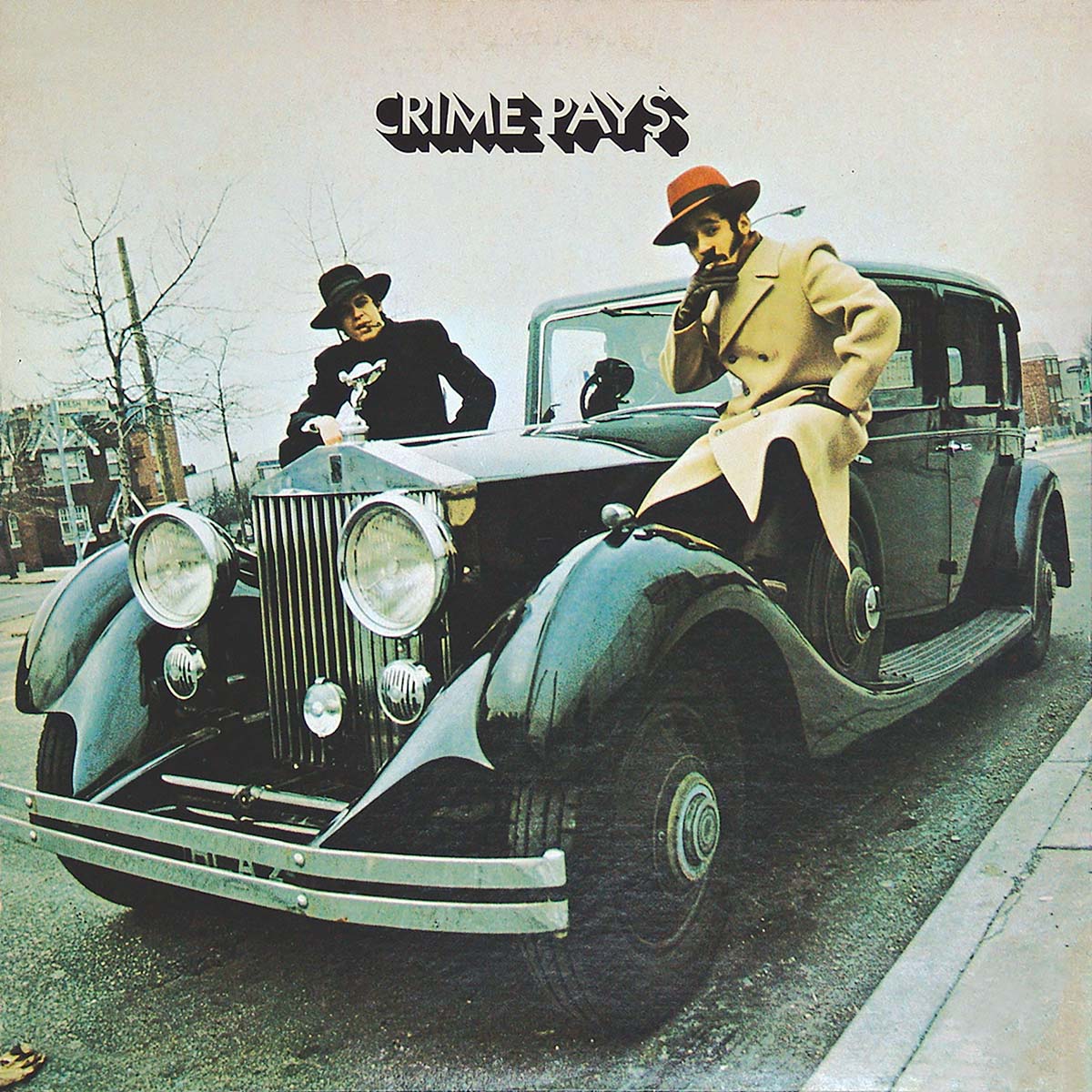
This is the classic second album that Willie Colón recorded with Héctor Lavoe as his lead vocalist. The session would dictate the stylistic direction that both men took as one of the greatest salsa duos in history. Their debut album El Malo (1967) boasted a trombone heavy sound that was raw and unorthodox– perceived by the public as part of the Latin soul craze of the boogaloo and shing-a-ling.
Some of the tracks onThe Hustler (1968) made reference to the crossover trends. The rest of the album, however, moved in a different direction. It was a transitional period for Latin music in New York, and people questioned the recent fusions of Latin rhythms with soul and r&b. The song “Montero,” for instance, qualifies as a jala jala– deep inside, however, there is a rumba waiting to come out. According to Willie Colón, “Eso Se Baila Así” “was our declaration of independence from the boogaloo. We had decided to go típico and folkloric.” The intro appears to embrace the boogaloo, but when the chorus appears, it says: boogalo does not go with me. This was also the first album that placed Lavoe’s talent at the epicenter of Colón’s musical vision. “Héctor couldn’t sing in English, but his work was so good in Spanish that I decided to go with our strength,” explains the trombonist. The two men complemented each other admirably. An adventurous musician, Colón represented the Latino raised in New York, whereas Héctor Juan Pérez (Lavoe) was the newly arrived immigrant from Puerto Rico, with his nasal, typically jíbaro delivery.
Colón and Lavoe were united by the rough competitiveness of barrio life. Hence the name (and cover art) of this LP. The image of Willie posing in front of a pool table on the cover is a reference to the 1961 movie The Hustler, with Paul Newman and Jackie Gleason. The photo was shot at Jerry Masucci’s father’s Ridgewood Grove Billiards in Yonkers. “Héctor still wasn’t sure that he wanted to be in a band,” recalls Colón. “He opted not to be on the cover with the group that he had playing with for a couple of years.” The Hustler featured a young and energetic band that included future Fania All Stars timbalero Nicky Marrero and African-American pianist Markolino Dimond, who wrote the tasty “Guajirón”. With their raw and edgy tones, Colón’s trombone lines shine on the record’s title track– a Latin jazz instrumental. “We had a weakness for instrumental descargas,” explains Colón. “It all started with one of the founders of the group, pianist Dwight Brewster, and the track ‘Jazzy,’ which was featured on our first LP. Both Dwight and bassist James Taylor left the band before we recorded our second album– which influenced our decision to go típico.
This organic process resulted in a sound that attracted many jazz players. I had a minimal knowledge of jazz, so I didn’t know who Grover Washington or Slide Hampton were when they came to our gigs.” “Havana” was emblematic of the band’s affection for Cuban people. “Qué Lío” was a hit all over Latin America, and recently covered by Marc Anthony in the film El Cantante. In his original liner notes for this record, Izzy Sanabria says: “Who knows, in a few years this album may become a collector’s item.” As it turns out, The Hustler is a bona fide classic. Now, it has been digitally remastered for future generations to enjoy. Credits: Pablo Rosario – Bongo Héctor “Bucky” Andrade – Conga Nicky Marrero – Timbal Santi González – Bass Mark “Markolino” Dimond – Piano Joe Santiago – Valve Trombone Willie Colón – Valve Trombone Lead Vocals – Héctor Lavoe Producer – Johnny Pacheco Recording Director – Jerry Masucci Original Album Art Director – Izzy Sanabria Original Album Photograph – Marty Topp
Written by Gregory “Goyo” Pappas


















